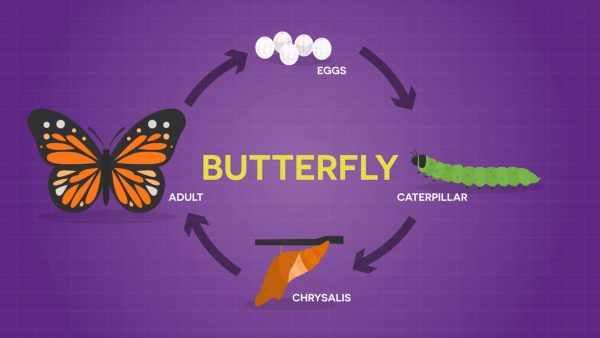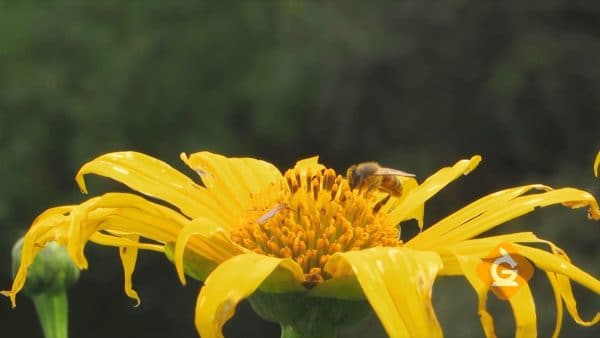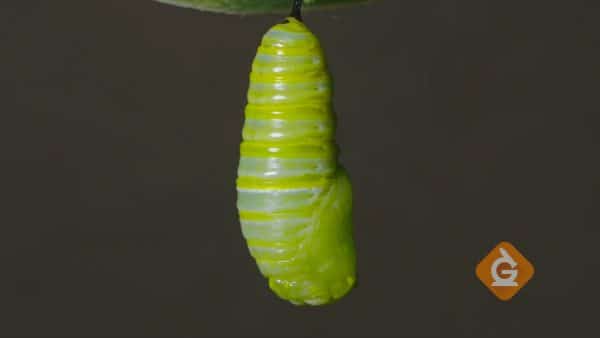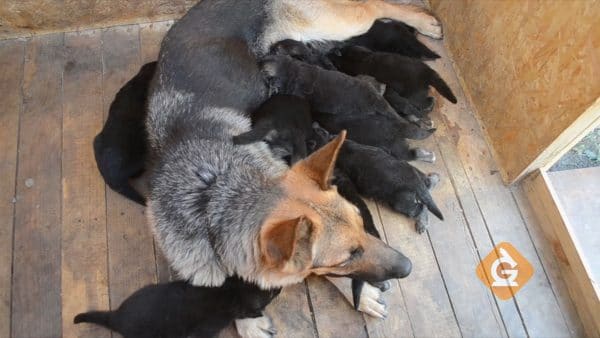A life cycle is a series of stages a living thing goes through during its life. All plants and animals go through life cycles. It is helpful to use diagrams to show the stages, which often include starting as a seed, egg, or live birth, then growing up and reproducing. Life cycles repeat again and again.
To better understand the stages of life in plants and animals…
LET’S BREAK IT DOWN!
Plant & Animal Life Cycles: A life cycle shows how living things grow and change over time.

All plants and animals go through life cycles. Just think about all the growing and changing human children do as they grow up. Children grow in height and get heavier until they reach adulthood. Children also change as their body matures.
If you have a pet, you have probably watched parts of your pet’s life cycle. They are born as puppies that depend on their mothers for food and care. Between six to 18 months, puppies become adolescent dogs, with lots of energy and playfulness. After about 3 years, dogs become adults and are ready to find a mate and make more puppies. When dogs are between six and ten years old, they enter the senior stage. They like to rest more and sometimes their snouts turn gray. At the end of their senior stage, a dog’s life cycle comes to an end. But that’s okay because the cycle will start all over again with new puppies.
Life Cycle of a Plant: Plants start as seeds, then most form flowers and fruit.

Plants start as seeds. When a seed starts to grow we call that germination. When a plant is mature, it produces flowers. Flowers are fertilized, sometimes by animals like honeybees or sometimes by wind. After a flower is fertilized, most plants make seeds in the form of fruit. The seed inside the fruit can be planted and grow into a new plant, and the cycle starts over again.
Life Cycle of an Animal: Animals start from eggs or live birth, then they grow up and mate.

Animals begin life either from an egg or as a baby that is born ready for life. Baby animals grow and change into adolescents and eventually become adults. Adult animals look for a mate to begin the life cycle all over again with new babies. Each type of animal has their own unique life cycle.
When babies are born or hatch from eggs, some look much like their parents, like kittens and horses. Other baby animals look much different from their parents, like tadpoles which will turn into frogs.
Animals that change dramatically during their life cycle go through metamorphosis. For example, a mother butterfly lays eggs that hatch into baby caterpillars. As the caterpillar eats it grows bigger and bigger, and eventually it is ready to transform into a butterfly. The change takes place inside a chrysalis, where the caterpillar’s body changes into a butterfly. When the butterfly comes out of the chrysalis, it is ready to find a mate and lay eggs. Then the cycle can start all over again!
Stages of Life: All life cycles start at birth, end with death, and involve growth and reproduction.

Some living things go through their life cycle quickly, like male drone ants that live for only three weeks. Other living things have much longer life cycles, like some types of pine trees that can live for over 5,000 years!
All life cycles have a few things in common: they start with seeds, eggs, or live birth, then involve multiple steps including reproduction, and then they end in death. The cycle repeats for millions of years.

































































































































 Select a Google Form
Select a Google Form








 GENERATION GENIUS
GENERATION GENIUS






